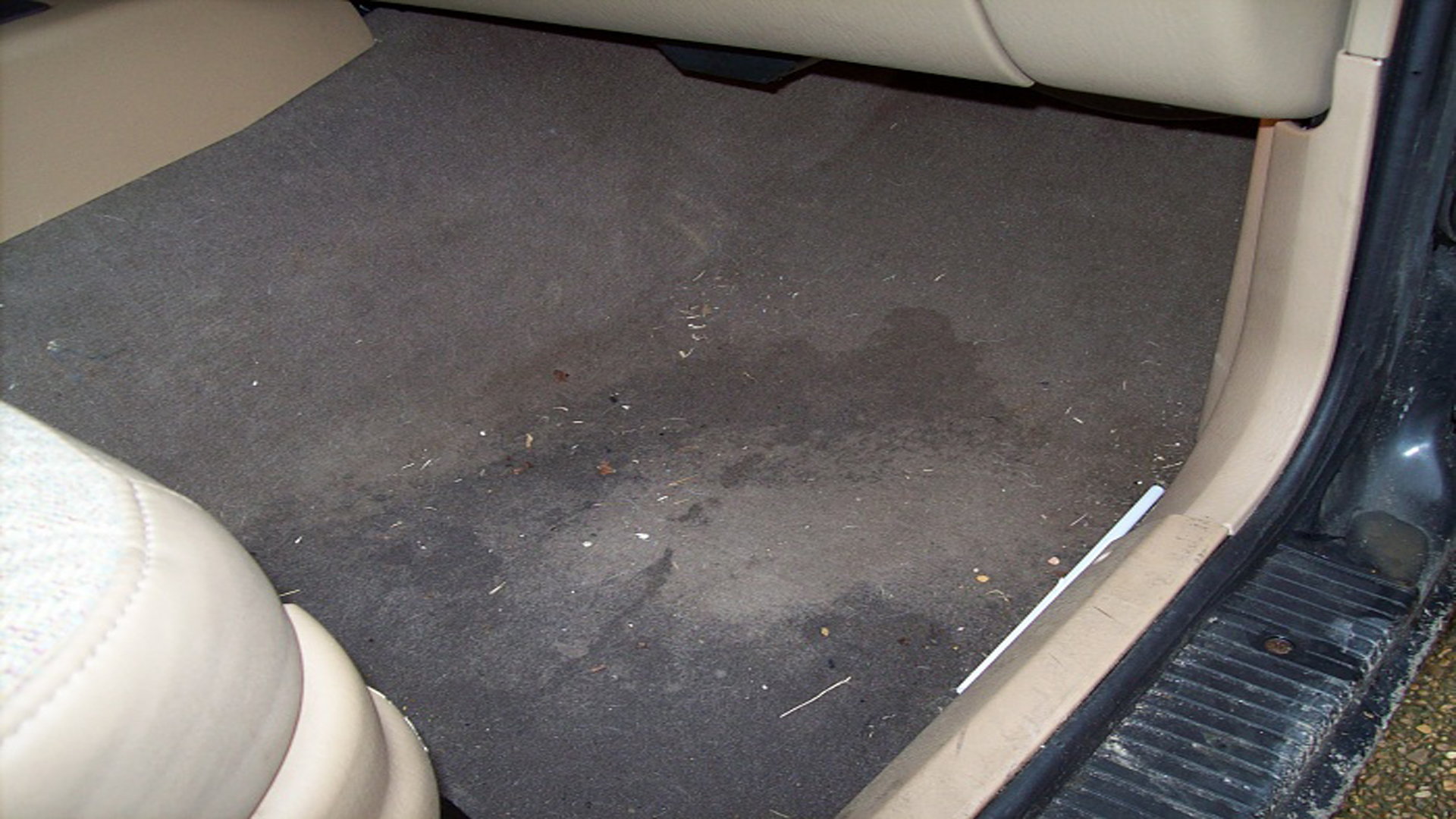

Articles
Why Is My Car Floor Wet
Modified: February 26, 2024
Discover the reasons why your car floor is wet with informative articles. Find solutions to fix the issue and keep your car interiors dry.
(Many of the links in this article redirect to a specific reviewed product. Your purchase of these products through affiliate links helps to generate commission for Storables.com, at no extra cost. Learn more)
Introduction
Having a wet car floor can be a frustrating and perplexing problem. Not only does it create discomfort and dampness inside your vehicle, but it can also lead to unpleasant smells, mold growth, and even damage to electrical components. Understanding the possible causes of a wet car floor is essential in order to find a solution and prevent further issues.
In this article, we will explore the common culprits behind a wet car floor and provide tips on how to diagnose the issue. We will also share preventative measures to help keep your car interior dry and prevent future occurrences.
Whether you’re dealing with a minor inconvenience or a major concern, it’s important to address the issue promptly to avoid any potential damage and maintain a comfortable driving experience. So, let’s dive in and uncover the reasons behind the mystery of your car’s wet floor.
Key Takeaways:
- Preventing a wet car floor involves maintaining weatherstripping, clearing drainage tubes, and being mindful of liquid spills. Regular inspection and proactive measures can keep your car interior dry and comfortable.
- Diagnosing the cause of a wet car floor requires observation, inspection, and testing. By identifying the underlying issue and taking preventative measures, you can ensure a dry and pleasant driving experience.
Read more: Why Is The Inside Of My Dryer Wet
Possible Causes of a Wet Car Floor
There are several potential causes for a wet car floor. Let’s examine some of the most common culprits:
- Leaking Windows or Doors: If water is entering your car through the windows or doors, it can trickle down and make the floor wet. Check for damaged weatherstripping or gaps that may allow water to seep in during rainfall or car washing.
- Clogged Drainage Tubes: Many vehicles have drainage tubes that help remove water from the sunroof, windshield, or air conditioning system. If these tubes become clogged with debris, water can overflow and find its way into your car’s interior.
- Damaged Roof or Sunroof: A damaged roof or sunroof can be a prime source of water leakage. Cracks, dents, or improperly sealed edges can allow rainwater or melting snow to seep into your car and onto the floor.
- Malfunctioning Air Conditioning System: An air conditioning system that is not functioning properly can cause condensation to accumulate inside the car. If the condensation drains are blocked or damaged, the water can end up on the floor.
- Leaking Radiator or Heater Core: A leaking radiator or heater core can result in coolant fluid entering the car’s cabin. This can cause a wet floor, often accompanied by a sweet smell and potential overheating issues.
- Faulty Weatherstripping: Weatherstripping around doors and windows ensures a watertight seal. If it becomes worn out or damaged, water can seep in and make its way onto the floor.
- Spilled Liquids or Wet Items: Sometimes, the explanation for a wet car floor is as simple as spilled drinks or wet items. Check for any liquid spills or damp items that may have caused the wetness.
These are just a few of the possible causes of a wet car floor. It’s important to identify the specific issue in order to effectively address and resolve the problem.
Leaking Windows or Doors
One of the common causes of a wet car floor is leaking windows or doors. If the weatherstripping around the windows or doors is damaged or improperly sealed, water can easily find its way into the interior of your car.
During heavy rainfall or car washing, water droplets can seep through the gaps or cracks in the weatherstripping and accumulate on the floor. Over time, this can lead to a wet and damp interior, causing discomfort and potential damage.
To determine if leaking windows or doors are the cause of the problem, carefully inspect the condition of the weatherstripping. Look for any signs of wear, tears, or gaps between the rubber seal and the glass or door frame. If you notice any damage, it’s important to replace the weatherstripping to ensure a proper seal.
In addition to visual inspection, you can also perform a simple test to determine if water is entering your car through the windows or doors. Use a hose to simulate rainfall by spraying water onto the exterior of the car. Pay close attention to the areas around the windows and doors. If you notice water entering the vehicle or accumulating on the floor, it indicates a leak.
Addressing this issue involves replacing damaged weatherstripping or resealing the windows and doors. Automotive supply stores offer various weatherstripping options that are specifically designed for different car models. Make sure to choose the appropriate weatherstripping for your vehicle and follow the manufacturer’s instructions for installation.
By fixing the leaking windows or doors, you can prevent water from seeping into your car’s interior and keep your car floor dry.
Clogged Drainage Tubes
Clogged drainage tubes can also be a common culprit behind a wet car floor. Many vehicles have drainage tubes designed to remove water from various components, such as the sunroof, windshield, or air conditioning system. These tubes serve an important function in keeping the interior of your car dry.
Over time, debris, dirt, leaves, and other particles can accumulate in these drainage tubes, causing them to become clogged. When the tubes are blocked, the water that should be draining out gets backed up and has nowhere to go. As a result, the water may overflow and find its way onto the car’s floor.
To determine if clogged drainage tubes are the cause of the wet car floor, you can inspect the areas where these tubes are located. Consult your car’s manual or do some research to find the specific locations of the drainage tubes in your vehicle. Typically, they can be found near the sunroof or at the base of the windshield.
Using a small object like a plastic straw or wire, gently probe the openings of the tubes to check for any resistance. If you encounter blockage, you can try clearing it by using compressed air or running a thin wire through the tube. However, exercise caution to avoid damaging the tubes or other components of your car.
In some cases, the clog may be too severe or difficult to access, requiring professional assistance. A mechanic or auto technician with experience in car drainage systems can help diagnose and resolve the issue.
Regular maintenance is key to prevent drainage tubes from getting clogged. Keep an eye on the tubes during routine inspections and clean them if you notice any signs of blockage. This simple maintenance task can help prevent water accumulation and keep your car’s floor dry.
Damaged Roof or Sunroof
A damaged roof or sunroof can be another potential cause of a wet car floor. Cracks, dents, or improperly sealed edges can allow rainwater or melting snow to seep into your vehicle, leading to a wet interior.
Inspect your car’s roof and sunroof for any visible signs of damage, such as cracks in the glass or gaps between the roof and the frame. Pay close attention to the corners and edges, as these areas are more prone to leakage.
If you notice any damage, it’s important to address it as soon as possible. Small cracks can be repaired using specialized automotive glass repair kits available at auto supply stores. For more extensive damage, it may be necessary to seek professional assistance to effectively seal or replace the roof or sunroof.
Proper maintenance is crucial to prevent roof or sunroof damage. Regularly clean and inspect the sunroof and surrounding areas, removing any debris or dirt that could potentially cause drainage issues or compromise the sealing. Additionally, avoid placing heavy objects on the roof, as this can increase the risk of damage and leakage.
By ensuring the integrity of your car’s roof and sunroof, you can minimize the chances of water entering and causing a wet car floor.
Read more: Why Is My Mattress Wet Underneath
Malfunctioning Air Conditioning System
A malfunctioning air conditioning (AC) system can also be a culprit behind a wet car floor. AC systems not only cool the air inside your vehicle, but they also dehumidify it by removing excess moisture. If your AC system is not functioning properly, it can cause condensation to build up inside the car.
In a properly working AC system, the condensation is collected and drained through tubes or channels designed for this purpose. However, if these drains become blocked or damaged, the water can overflow and end up on the car floor.
If you suspect that your AC system is the cause of the wet car floor, there are a few steps you can take to diagnose the issue. Start by turning off the AC and allowing the car to sit for a while. If you notice that the floor is wet only when the AC has been running, it indicates a problem with the system.
Inspect the AC drains to check for any obstructions. These drains are typically located near the firewall, on the lower side of the engine compartment. Gently clear any blockages using a small brush or compressed air. Be cautious not to damage the drains or surrounding components.
If clearing the drains doesn’t resolve the issue, it’s advisable to have your AC system inspected by a professional. They will have the expertise to identify any underlying problems and perform the necessary repairs or maintenance.
Regular maintenance of your AC system is vital to prevent issues in the first place. Follow the manufacturer’s recommended maintenance schedule, which typically includes changing the cabin air filter and having the AC system inspected for any leaks or malfunctions. This can help keep your car floor dry and ensure optimal performance of the AC system.
Check for any leaks in the car’s windows, sunroof, or door seals. Also, make sure the floor mats are not trapping moisture underneath. If the issue persists, have a professional inspect for potential leaks in the car’s interior.
Leaking Radiator or Heater Core
A leaking radiator or heater core can be a potential cause of a wet car floor. Both of these components are part of the vehicle’s cooling system and can lead to coolant fluid entering the car’s cabin.
If either the radiator or heater core develop a leak, coolant fluid can escape and create wetness on the car floor. This is often accompanied by a sweet smell and potential overheating issues.
To determine if a leaking radiator or heater core is the cause of the wetness, carefully inspect the coolant levels in your car. Low levels of coolant or frequent refilling can indicate a leak in the system. Look for any visible signs of fluid under the car or in the engine compartment.
If you suspect a leaking radiator, it’s essential to address the issue promptly to prevent the engine from overheating. Visually inspect the radiator for any signs of damage, such as cracks or corrosion. A pressure test can also be performed to determine the location and severity of the leak.
A leaking heater core is usually indicated by a strong coolant odor inside the car. This component is responsible for providing heat to the cabin, and a leak can result in dampness on the car floor. In this case, professional assistance is recommended to diagnose and repair the source of the leak.
Seeking the help of a qualified mechanic or automotive technician is crucial when dealing with radiator or heater core issues. They have the knowledge and expertise to pinpoint the problem and recommend the appropriate repairs or replacements.
Regular maintenance of the cooling system is key to preventing leaks. Check the coolant levels regularly, inspect the radiator for any visible signs of damage, and have the system professionally serviced according to the manufacturer’s recommendations.
By addressing any leaks in the radiator or heater core, you can prevent coolant fluid from causing a wet car floor and ensure the proper functioning of your vehicle’s cooling system.
Faulty Weatherstripping
Faulty weatherstripping around the doors and windows can contribute to a wet car floor. Weatherstripping forms a protective seal between the car’s body and its windows and doors, preventing water from entering the interior.
Over time, weatherstripping can become worn out, torn, or damaged, compromising its ability to create a watertight seal. This allows water to seep into the car, resulting in a wet floor.
To determine if faulty weatherstripping is causing the issue, carefully inspect the condition of the weatherstrips around all the doors and windows. Look for any signs of wear, tears, or gaps in the seal that could allow water to enter.
If you notice any damaged weatherstripping, it’s important to replace it promptly to ensure an effective seal. Automotive supply stores offer weatherstripping kits that are specifically designed for different car models. Select the appropriate weatherstripping and follow the manufacturer’s instructions for installation.
In addition to visual inspection, there is a simple test you can perform to verify if the weatherstripping is faulty. On a dry day, close all the doors and windows tightly and carefully run a hose over the exterior of the car, paying attention to the areas with weatherstripping. Check the interior of the car afterward for any signs of water entry.
By replacing faulty weatherstripping, you can create a proper seal, preventing water from seeping into the car and keeping your car floor dry.
Remember to periodically check the condition of the weatherstripping and replace it as needed to maintain its effectiveness in keeping water out of your vehicle.
Spilled Liquids or Wet Items
Sometimes, the explanation for a wet car floor is as simple as spilled liquids or wet items. Accidental spills of drinks, leaky water bottles, or wet items like umbrellas or clothing can lead to moisture on the floor of your car.
If you suspect that spilled liquids or wet items are the cause of the wetness, thoroughly inspect the interior of your car for any signs of spills. Look for wet spots or stains on the seats, carpeting, or floor mats.
In many cases, the solution is as easy as cleaning up the spills and drying any wet items. Use absorbent materials like towels or paper towels to soak up the liquid, and allow the area to air dry. Depending on the severity of the spill, you may need to use a carpet cleaner or upholstery cleaner to remove any remaining stains or odors.
Prevention is key when it comes to spills in your car. Use spill-proof containers for drinks and be cautious when transporting any liquids. If necessary, use waterproof covers or bags for wet items to prevent them from leaking onto the car floor.
In addition, regularly clean and maintain your car’s interior to prevent the buildup of moisture or the growth of mold and mildew. Vacuum the floor and seats regularly, and consider using moisture-absorbing products or desiccant bags to keep the air inside your car dry.
By quickly addressing and cleaning up any spilled liquids or wet items, you can maintain a dry and comfortable car interior.
Read more: Why Is My Floor Creaking
How to Diagnose the Issue
Diagnosing the cause of a wet car floor can sometimes be challenging, especially if there are multiple potential factors at play. However, by following these steps, you can effectively identify the underlying issue:
- Observe the circumstances: Take note of when the wetness occurs. Is it after rainfall? After using the air conditioning? Narrowing down the specific circumstances can help determine the likely culprit.
- Inspect the interior: Thoroughly examine the interior of your car, paying attention to the floor, seats, and carpeting. Look for wet spots, water stains, or signs of moisture accumulation.
- Check for leaks: Inspect the windows, doors, roof, sunroof, and trunk for any visible signs of leaks, such as cracks, gaps, or worn-out weatherstripping. A visual inspection can help identify potential sources of water entry.
- Examine the cooling system: Inspect the radiator, heater core, and air conditioning system for any signs of leaks or malfunctions. Low coolant levels, coolant odors, or frequent refilling can indicate an issue in the cooling system.
- Clear drainage tubes: Check the drainage tubes near the sunroof, windshield, and air conditioning system. Ensure they are free of blockages by gently probing with a small object or using compressed air.
- Remove wet items: If you find any wet items or spilled liquids, remove them from the car and thoroughly dry the affected areas. Cleaning up spills and eliminating wet items can solve the problem if that is the sole cause of the wetness.
If, after thorough inspection and diagnosis, you are unable to pinpoint the exact cause of the wet car floor, it may be necessary to seek professional assistance. An experienced mechanic or automotive technician will have the expertise and specialized tools to diagnose and resolve more complex issues.
Remember, diagnosing the issue is a crucial first step in resolving the problem and preventing further damage. By identifying the underlying cause, you can take the appropriate measures to address it and ensure a dry and comfortable car interior.
Tips for Preventing a Wet Car Floor
Preventing a wet car floor is essential for maintaining a comfortable and dry interior. Here are some tips to help you avoid the hassle and frustration of dealing with a wet car floor:
- Maintain weatherstripping: Regularly inspect the weatherstripping around your car’s windows and doors. Replace any damaged or worn-out weatherstrips to ensure a proper seal and prevent water from entering the car.
- Keep windows and doors closed: When it’s raining, be mindful of keeping your windows and doors closed. This helps prevent rainwater from entering the car and soaking the floor.
- Clear drain channels and tubes: Regularly clean and inspect the drainage channels and tubes in your car. Clear any blockages or debris that may prevent proper water drainage from the sunroof, windshield, or air conditioning system.
- Check for roof and sunroof damage: Routinely examine your car’s roof and sunroof for any signs of damage or leaks. Repair any cracks or gaps promptly to prevent water from entering the interior.
- Maintain the cooling system: Take care of your car’s cooling system by regularly checking the radiator, heater core, and air conditioning system for leaks or malfunctions. Follow the manufacturer’s maintenance recommendations to keep the system in optimum condition.
- Be mindful of liquid spills: Avoid spilling beverages or liquids in your car. Use spill-proof containers and be cautious when transporting open containers with liquids.
- Keep wet items separate: If you have wet items, such as umbrellas or wet clothing, store them in waterproof bags or containers to prevent them from leaking onto the car floor.
- Regularly clean and maintain your car interior: Vacuum your car to remove any dirt or debris that could clog drainage channels. Clean and dry spills or wet spots as soon as possible to prevent moisture buildup.
- Use moisture-absorbing products: Consider using moisture-absorbing products in your car, such as desiccant bags or moisture-absorbing packets. These can help reduce humidity levels and prevent moisture-related issues.
By following these preventative measures, you can significantly reduce the chances of experiencing a wet car floor and maintain a dry and comfortable interior.
Conclusion
Dealing with a wet car floor can be a frustrating and inconvenient experience. However, by understanding the possible causes and taking preventative measures, you can minimize the occurrence of this issue and maintain a dry and comfortable car interior.
In this article, we explored a variety of potential causes for a wet car floor, including leaking windows or doors, clogged drainage tubes, damaged roof or sunroof, malfunctioning air conditioning system, leaking radiator or heater core, faulty weatherstripping, and spilled liquids or wet items.
To diagnose the underlying cause, we discussed the importance of observation, inspection, and testing. By carefully examining the circumstances, interior, and specific components of your car, you can pinpoint the source of the issue and take appropriate action.
Furthermore, we provided useful tips for preventing a wet car floor. These tips encompass maintaining weatherstripping, keeping windows and doors closed during rain, clearing drain channels and tubes, checking for roof and sunroof damage, maintaining the cooling system, being mindful of liquid spills, keeping wet items separate, regularly cleaning and maintaining the car interior, and using moisture-absorbing products.
By implementing these preventative measures, you can reduce the chances of experiencing a wet car floor and ensure a dry and comfortable driving environment.
Remember, if you are unable to diagnose or resolve the issue on your own, it is advisable to seek professional assistance. An experienced mechanic or automotive technician can provide the expertise needed to address more complex problems and ensure your car is in optimal condition.
By taking proactive steps and staying vigilant, you can keep your car floor dry and enjoy a pleasant driving experience without the frustration of a wet interior.
Frequently Asked Questions about Why Is My Car Floor Wet
Was this page helpful?
At Storables.com, we guarantee accurate and reliable information. Our content, validated by Expert Board Contributors, is crafted following stringent Editorial Policies. We're committed to providing you with well-researched, expert-backed insights for all your informational needs.
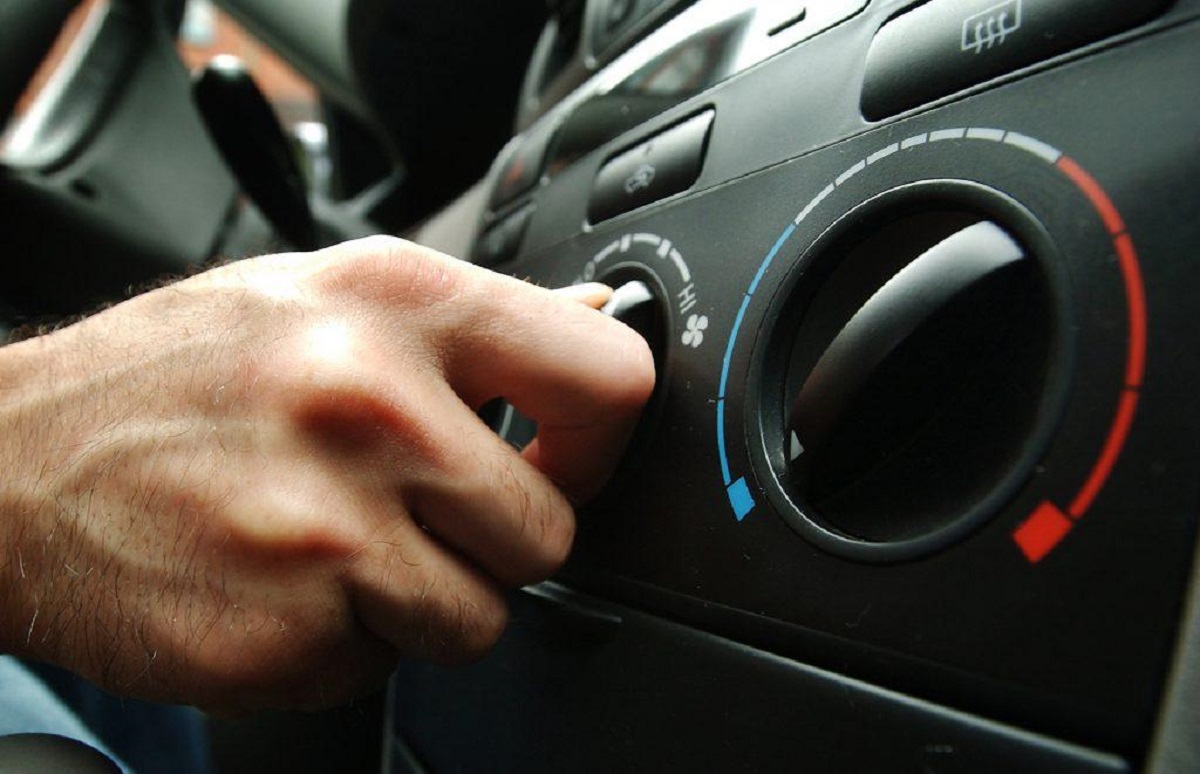
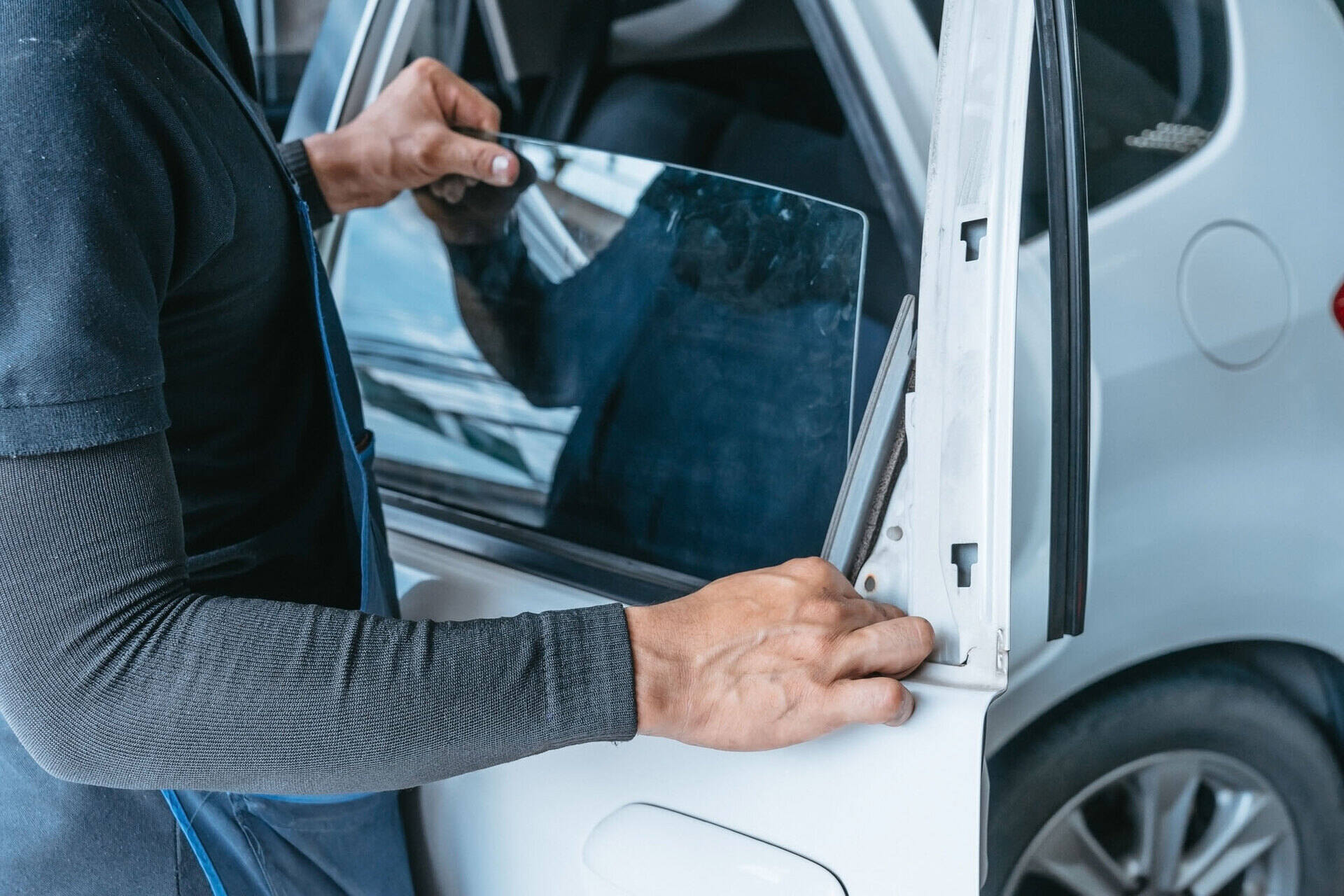

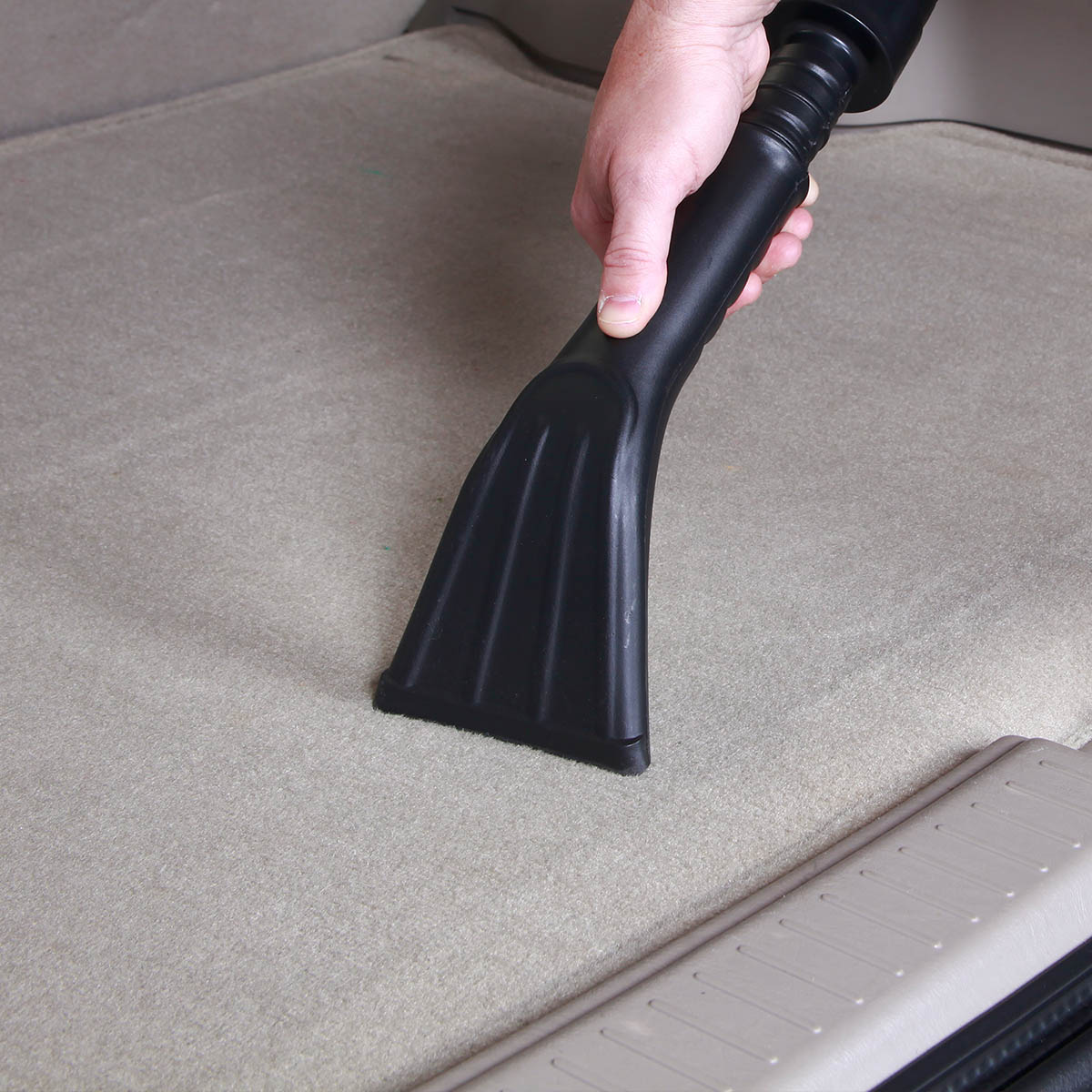
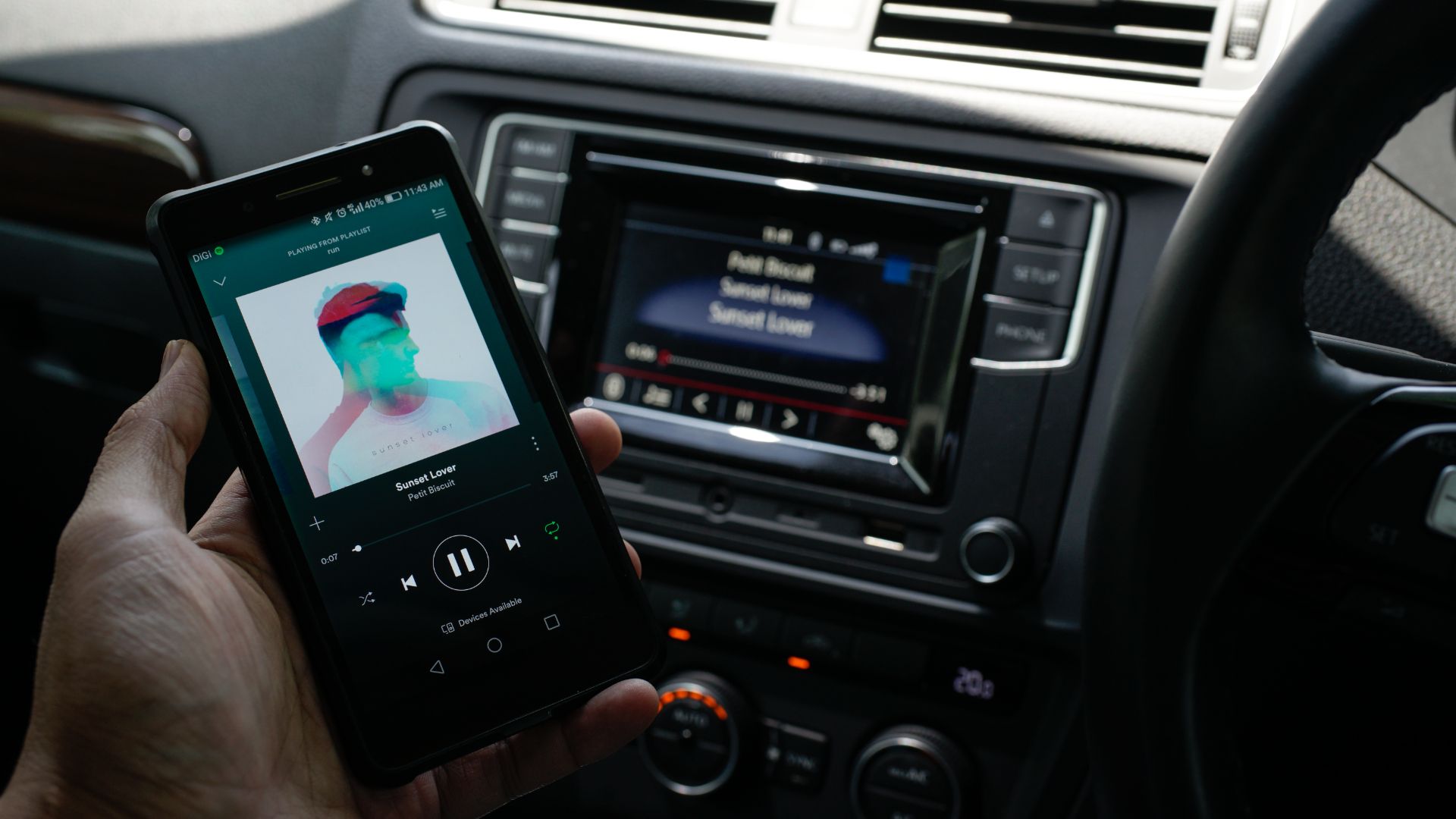

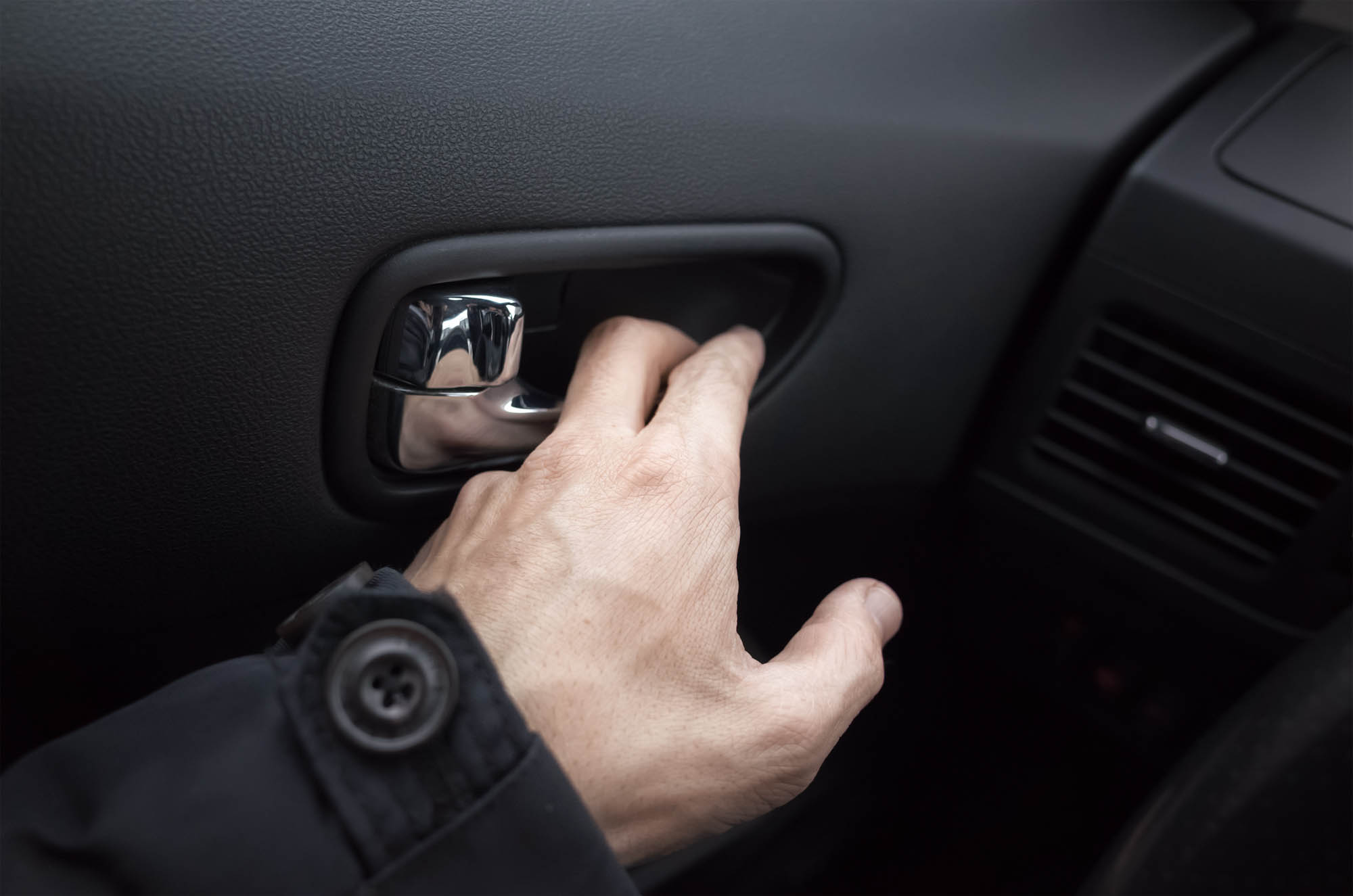
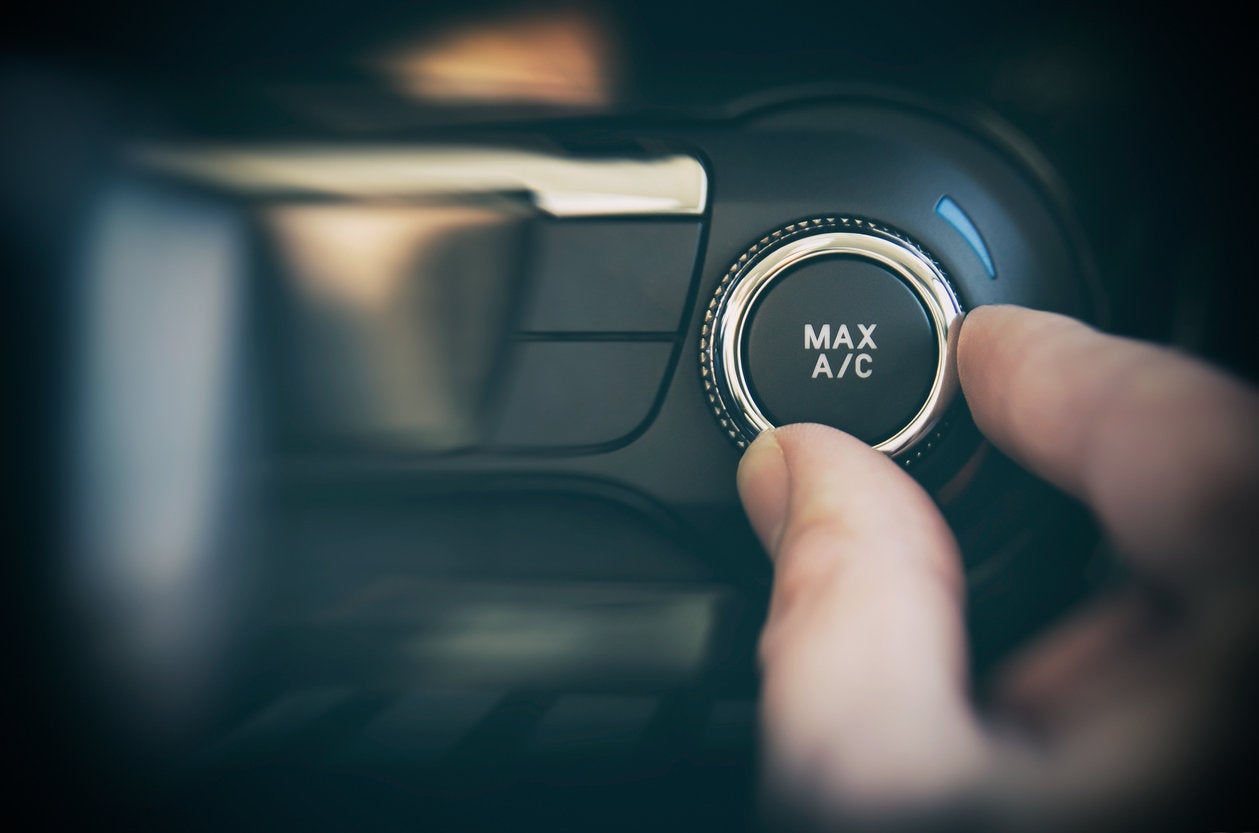

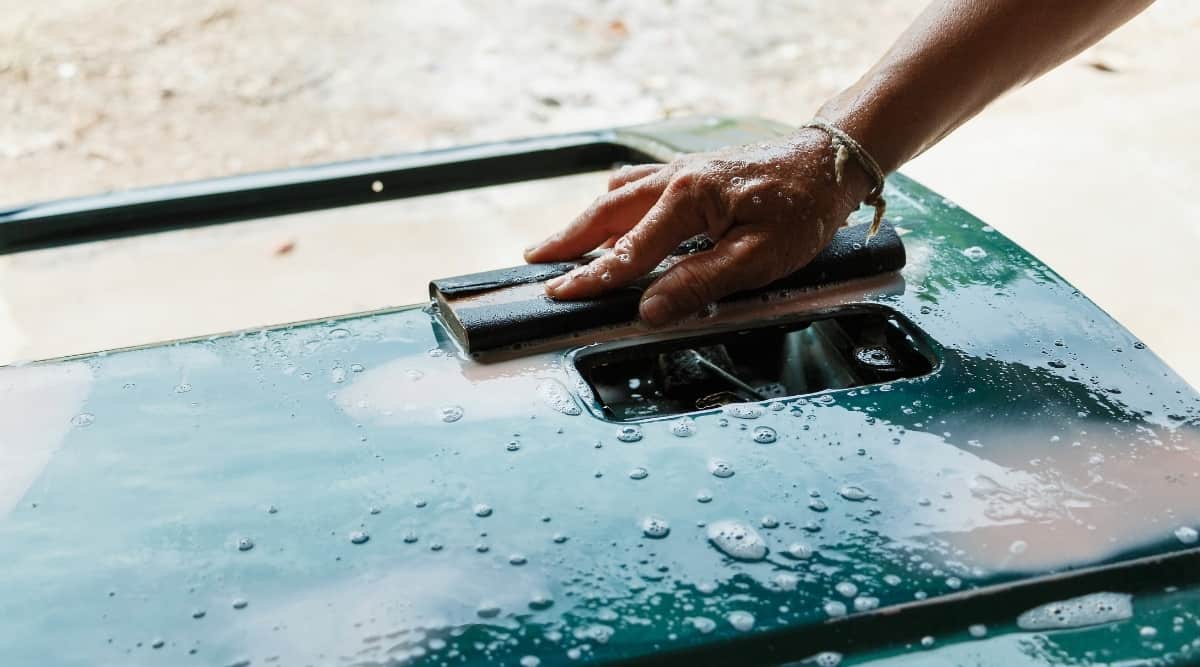




0 thoughts on “Why Is My Car Floor Wet”